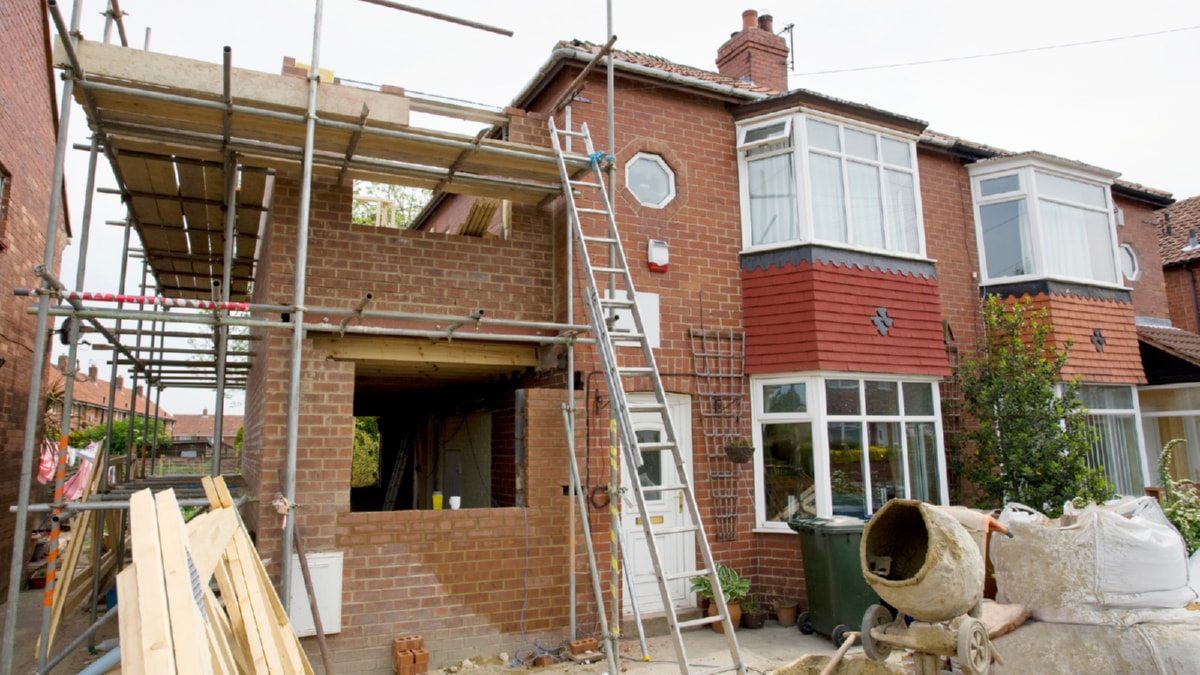The construction industry is riddled with risks and hazards, making construction safety an indispensable part of every project. Understanding and implementing safety measures can significantly reduce the chances of accidents, improving the overall productivity and outcome of the project.
Building safety involves a wide range of precautions, from wearing the right protective equipment to using machinery correctly. At the very foundation of construction safety is the understanding that every member of the team has a role to play in maintaining a safe environment. This understanding encourages a culture of safety within the team, promoting awareness and proactive measures to prevent accidents.
Training is a crucial component of construction safety. It equips workers with knowledge about potential hazards and the best ways to avoid them. Regular safety drills and toolbox talks also help to keep safety at the forefront of everyone’s minds. In addition, safety regulations and standards set by local authorities should always be adhered to. These regulations are often based on past incidents and are designed to prevent the same mistakes from occurring.
Safety equipment is another important aspect of building safety. This includes personal protective equipment (PPE) such as helmets, gloves, and safety shoes, as well as fall protection systems and fire extinguishers. It’s important that all equipment is well-maintained and used correctly to provide maximum protection.
Lastly, maintaining a eco-friendly clean and organized work site can greatly enhance safety. Messy sites can lead to falls, trips, and other accidents, so regular clean-up and management of materials and tools is essential.
Choosing the right energy-saving construction materials is a critical component of any construction project. The materials used can significantly impact the quality, durability, and overall success of the project.
When selecting construction materials, one important factor to consider is the performance characteristics of the material. This includes its strength, durability, and resistance to elements such as water and fire. The material should be suitable for the specific needs of the project, whether it’s a high-rise building, a bridge, or a residential home.
The cost of materials is another important consideration. While it’s important to choose high-quality materials, it’s also necessary to stay within budget. Therefore, it’s essential to balance quality and cost-effectiveness when selecting materials.
The sustainability of budget-friendly materials is also a key factor in today’s construction industry. With a growing focus on green building practices, choosing environmentally friendly materials can not only contribute to a more sustainable project, but can also enhance the project’s reputation and appeal.
Finally, the availability important of materials is a practical consideration. It’s important to ensure that the chosen materials can be easily sourced and delivered to the construction site in a timely manner.
In conclusion, both building safety and the selection of construction materials are vital aspects of any construction project. By understanding the basics of these areas, you can ensure a safer, more efficient, and successful construction project.
.
For more details, check best interlocking services Toronto or visit their business listing here.



